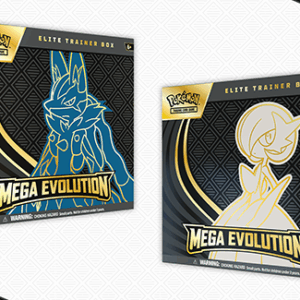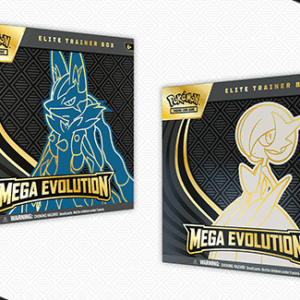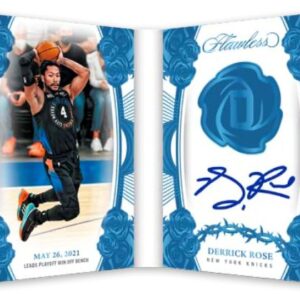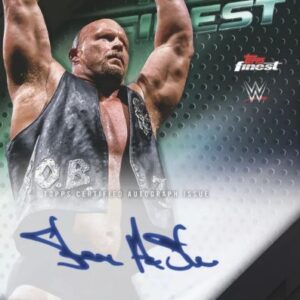For any die-hard Magic: The Gathering aficionado, the cards in their arsenal are akin to treasure. Whether you’re that casual player, conjuring spells in friendly matches, or the meticulous collector scouring the universe for every iteration of the mythical Black Lotus, nothing damps the excitement faster than unveiling a counterfeit card among your prized possessions. The world of counterfeit Magic cards has evolved with time, becoming increasingly sophisticated and deceptive, but fret not. With an arsenal of techniques at your disposal, you can wage a successful war against these intricate forgeries.
First and foremost, trust those senses—especially those tactile ones that let you revel in the satisfying snap of a shuffling deck. Genuine Magic cards possess an unmistakable matte texture that serves as armor against overly glossy pretenders trying to infiltrate your deck. If a card resembles a menu from a diner more than a component of your tabletop fantasy, it’s a candidate for closer scrutiny. When in doubt, wield that trusty land card from the same set as a baseline for comparison.
Next on the list of tricks is the trusty light test, your beacon in the murky seas of deceit. Using a flashlight, hold the card up to observe its light response. Authentic cards sport a blue core nestling between layers of paper—a core that allows light to filter through in a cool, soft hue. Charleston’s if the card is too dense, blocking light entirely, or too flimsy, awash with overbearing brightness—these are red flags signaling devilry at work.
Remember the tales of Sherlock Holmes? Well, even the great detective would tip his hat at the prowess of a 30x magnification jeweler’s loupe. Indeed, this handy tool transforms your casual inspection into a forensic investigation, a budget-friendly lie-detector for fraudulent cards.
Magnification reveals a Pandora’s box of identifying marks. Gaze deeply into the art and text boxes to uncover a rosette pattern exclusive to genuine cards. This pattern comprises tiny, round dots mimicking the elegance of a floral bloom. Counterfeits, on the other hand, stumble in this print-fine dance, often presenting blurry dots, digital static, or erratic grids instead of the serene rosettes.
The black ink used for names, mana symbols, and text is another tell-tale sign. Real Magic cards wield this ink like a sword, laid separately in bold, solid form. False cards prefer to paint timidly in grayscale using composite layers of colored dots, submitting under magnification to show their fuzzy underbelly.
And then there’s the not-so-legendary, but ever-important Green Dot “L.” Turn the card over, zoom in on the green mana symbol, and there lies, or doesn’t lie, the red dot pattern forming an inverted, small “L” within the yellow-green border. Absence or misalignment of this little letter is a horn blaring suspicion into the night.
Roll out the high-tech ramparts, for New-Age Safeguards were introduced to further fortify your defenses. Since 2015, rares and mythics flourished with an oval holofoil stamp, a luminous badge of authenticity. A real holofoil stamp ought to nestle into the card’s surface, speaking tiny sacred texts, such as planeswalker symbols and mana icons, into existence. Counterfeits often fumble here, presenting raised, grainy stamps or foolish ones, fraudulently transplanted from other cards.
However, let those eager tips mask a caveat. Avoid the destructive nostalgia of tearing or bending cards, relics of bygone testing methods. These brutish methods once revealed a tell-tale blue core, but in today’s cunning and resourceful counterfeiters’ era, they risk more harm than revelation. Instead, wield the subtle weapons of modern non-destructive techniques in your quest.
Remember, defense against the deceptive is layered, like your favorite dessert. Don’t rely solely on a singular method; spotting a fake Magic card is akin to locking puzzle pieces together—stacking evidence instead of cards. From tactile engagement, through trickling light, to magnified inspections, each layer sharpens your detection artistry. The diligent practice strengthens your collector’s vigilance, preserving your collection’s sanctity. And, in this ever-developing game, it ensures that the fantastical world you adore dances with integrity unmarred by the shadow of deceit. Knowing what to look for elevates you into a smarter collector, steadfast in keeping the magic intact and honest.






